If you click on a link and make a purchase we may receive a small commission. Read our editorial policy.
For Star Wars to live, the CGI actor must die.
Kill it, if you have to.

Popverse's top stories
- Is the Supergirl teaser trailer already teasing a Man of Tomorrow connection? Because our Brainiac senses are tingling
- Watch now: Watch as Nickelodeon presents the Avatar: The Last Airbender 20th Anniversary Panel, featuring Dante Basco, Zach Tyler Eisen, Jack De Sena, Mae Whitman, Michaela Jill Murphy, from NYCC 2025
- The Amazing Digital Circus stars Lizzie Freeman, Michael Kovach, and Alex Rochon are coming to Seattle's ECCC 2026
One of the major issues behind last year's Screen Actor's Guild strike was the right to actors' own likenesses - not to be replaced after a session of shooting with a digital simulacrum programmed to recite their lines in their recorded vocal tones from a recreation of their face.
Though the strike is over, the conversation about CGI performances hasn't faded, with the recent controversy of an AI comedy special created from footage of iconic comedian George Carlin stirring up more chatter about the ethics behind these articifical images. This recreation of actors through CGI is a practice we’ve already seen implemented many times, especially in Star Wars.
The CGI problem

The first instance of CGI recreation was the resurrection of Peter Cushing’s likeness as Grand Moff Tarkin in the film Rogue One. To achieve this, actor Guy Henry was hired to stand in for Tarkin, with Disney’s digital effects team using state of the art technology to recreate Cushing’s appearance down to his smallest mannerisms over Henry’s performance.
Some at the time regarded this as ghoulish. Others defended the choice as having received approval from Cushing’s estate, and as yet another example of the technological boundary pushing in filmmaking for which Star Wars has always been famous.
Then, there was Princess Leia – also in Rogue One, de-aged to her 19 year old self in one brief scene. A similar effect was achieved for this, recreating young Carrie Fisher’s face over actor Ingvild Deila. Whether this moment was more or less disturbing for the fact that Fisher was still very much alive when this took place was a matter of opinion left to the viewer.
Since Disney has mostly abandoned theatrical releases for Star Wars in the short run in favor of building up a Star Wars presence on their streaming Disney+ service, CGI performances have steadily become more ludicrous. The Mandalorian and The Book of Boba Fett once again provide us with an actor who stands in for the younger self of a Star Wars actor – Graham Hamilton, whose face is dutifully replaced with the visage of a young Mark Hamill, his voice digitally altered to sound like an always even-voiced, expressionless Luke Skywalker. Some would excuse it as the bearing of a Jedi master. (To us, that seems like an excuse to cover up technical limitations.)
Most significantly, take a look at Graham Hamilton.

This is an actor who, quite honestly, already looks quite a lot like young Luke Skywalker. But in recreating an exact replica of Hamill’s face with the closest approximation they could find of his voice, Disney and Lucasfilm made their statement clear to us: they work with intellectual property, not with people.
We saw it again with Darth Vader, in the Disney+ series Obi-Wan Kenobi. Only after Vader’s appearance was James Earl Jones’ retirement as the iconic villain announced, news soon breaking that the voice of Vader we had heard thus far was another artificially generated model trained on Jones’ own. But the Vader of Obi-Wan Kenobi, like the “even-tempered” Luke of The Book of Boba Fett, is a flat one. A voice robbed of the fire and fury behind the mask as we first learned to fear it in the original Star Wars, demanding the stolen Death Star plans. Of the plaintive plea to his son to join him in his futile quest to have it all. All we’re left with is the emotionless droid he projects, with none of his resonant depth.
It wasn’t too long ago that we had great voice actors stepping in for James Earl Jones when needed, to provide their own performances – like Scott Lawrence, who has portrayed the Sith Lord in video games since 1994; or Matt Sloan, a comedian who once voiced Vader in early viral Star Wars skits until being welcomed into official projects.
The recasting solution

Conveniently, the solution to this problem actually exists right alongside the digital Skywalker puppets – in Genevieve O’Reilly’s Mon Mothma. Like Hayden Christiansen sneaking into Obi-Wan Kenobi and Ahsoka, O’Reilly was grandfathered into the Star Wars family as a recasting of the character in Revenge of the Sith, as originally played by Caroline Blakiston in Return of the Jedi. But in her appearances in Rogue One, Ahsoka, and especially the particularly arresting Andor, O’Reilly has made the role her own with a performance which would have been papered over by the CGI team had they been tasked with recreating Blakiston’s exact likeness in every shot.
Star Wars has always been bigger than any cast. When interviewed by Bantha Tracks and other Star Wars publications, George Lucas always spoke of his intention to recast his films entirely with each proposed trilogy – allowing room for actors to reprise their previous roles when appropriate, but never opposing the idea of recasting as time moved forward. Star Wars has survived for 40 years not because it stays in the past, but because it’s always, at its best, trying something new. And that something starts with a script, but it ends with an actor’s voice.
Every modern Star Wars project in this streaming era begins with a new title card – one of iconic helmets and droid heads flashing before the camera before the logo appears on your screen. This is no mere affectation: it is a statement on how Star Wars is currently defined. Not as the magical chemistry between actors which has you quoting improvised lines for 40 years; not for the storycraft which has become myth. Star Wars is a recognizable silhouette: a series of heads that can be packaged and sold to you, forever.
But imagine, if you could indulge us, that this CGI replacement technology to preserve the exact likeness of an iconic character existed in the 1960s. 60 years of Sean Connery ordering his martinis shaken, not stirred. 60 years of Adam West doing the Batusi. 60 years in the TARDIS, with a Doctor who never regenerates.
It’s always hard to say goodbye to your favorite version of a character, but it’s new performances and new actors which keep them alive. Freezing those performances in carbonite is fine for a Hutt’s wall decoration, but they’ll never surprise you again with their spontaneous response to “I love you.” For all its starships, droids, and aliens, what makes this series so stirring is that at its heart, it’s always been a human story. For Star Wars to survive another 40 years, we can’t lose that.
How Disney's acquisition of Star Wars rocked the Clone Wars cast, according to the actors themselves
Follow Popverse for upcoming event coverage and news
Find out how we conduct our review by reading our review policy
Let Popverse be your tour guide through the wilderness of pop culture
Sign in and let us help you find your new favorite thing.


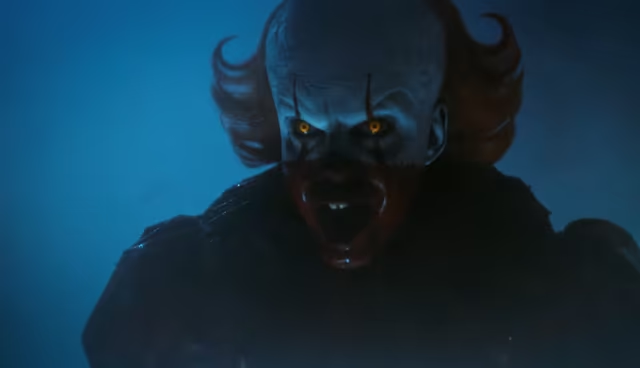
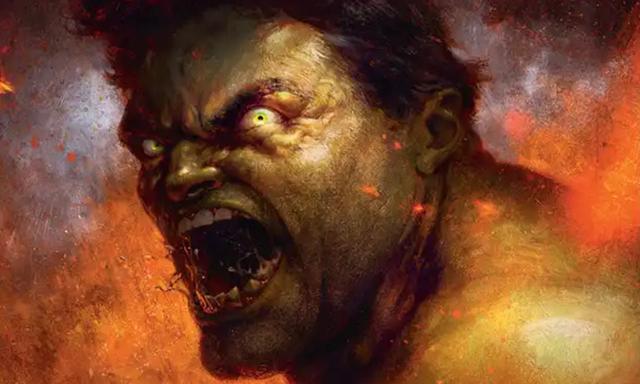


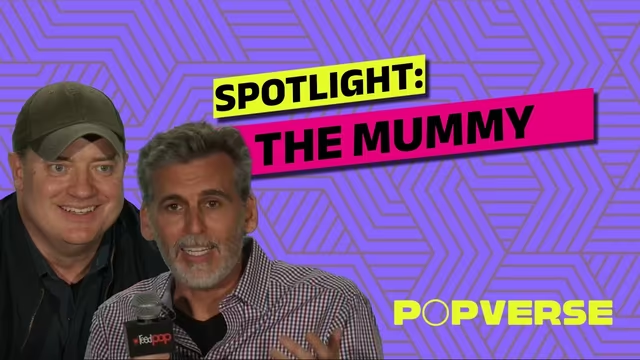

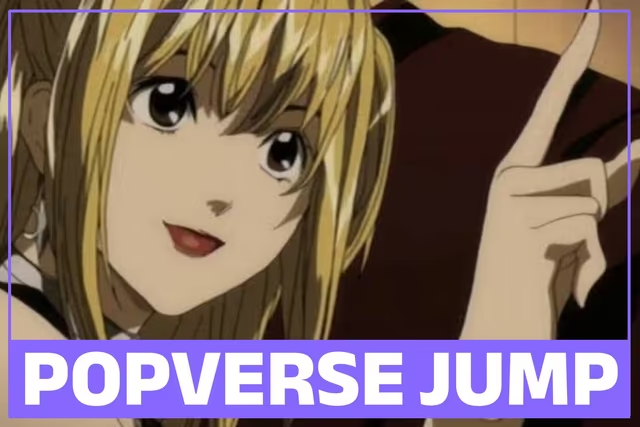
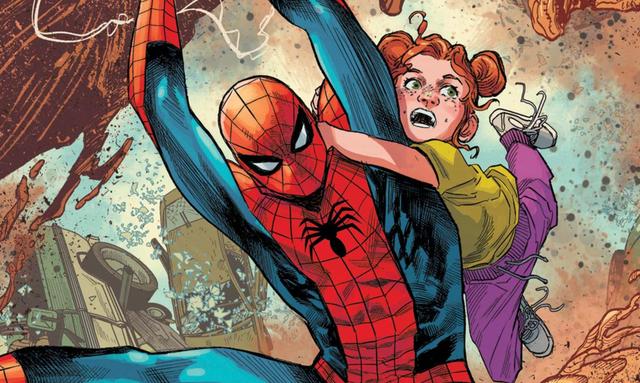






Comments
Want to join the discussion? Please activate your account first.
Visit Reedpop ID if you need to resend the confirmation email.